| In vitro: |
| Beijing Da Xue Xue Bao. 2009 Oct 18;41(5):578-84. | | Flavonoids from Scutellaria baicalensis and their bioactivities.[Pubmed: 19829679] | To study the flavonoids of Scutellaria baicalensis and their bioactivities.
METHODS AND RESULTS:
Chromatographic methods were used to separate compounds, spectral methods were used to determine the structures and bioactivities of the flavonoids were screened in several models in vitro.
Nine compounds were isolated and identified as baicalein (1), wogonin (2), oroxylin A (3), 5, 7, 2', 6'-tetrahydroxyflavone (4), viscidulin III (5), baicalin (6), wogonoside (7), Oroxylin A 7-O-beta-D-glucuronide
(8) and chrysin-6-C-alpha-L-arabinopyranosyl-8-C-beta-D-glucopyranoside (9).
CONCLUSIONS:
Baicalein had good anti-bacteria activity, and some compounds showed inhibiting activity against IL-1beta converting enzyme. The 13C NMR data of compounds 9 were assigned correctly by 2D nuclear magnetic resonance (NMR). | | Fitoterapia. 2010 Sep;81(6):552-6. | | Flavonoids with prolyl oligopeptidase inhibitory activity isolated from Scutellaria racemosa Pers.[Pubmed: 20117183 ] | Prolyl oligopeptidase (POP) is a serine protease highly expressed in the brain that hydrolyses peptide bonds at the carboxyl terminal of prolyl residues. There is evidence that this enzyme participates in several functions of the central nervous system. Scutellaria racemosa Pers demonstrated significant and selective POP inhibition.
METHODS AND RESULTS:
Fractionation of the hydroalcoholic extract resulted in the isolation of four main constituents identified for the first time from S. racemosa Pers, the triterpenoid lupeol (1) and the flavonoids oroxylin A (5,7-dihydroxy-6-methoxyflavone, 2), hispidulin (4',5,7-trihydroxy-6-methoxyflavone, 3), and oroxyloside (Oroxylin A 7-O-beta-D-glucuronide, 4). Inhibitory assays indicated that 3 and 4 at a concentration of 100 microM inhibit 43 and 34% of total POP activity, respectively. |
|


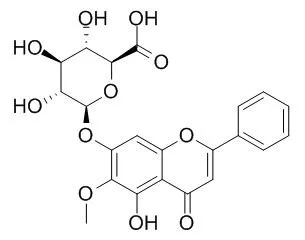

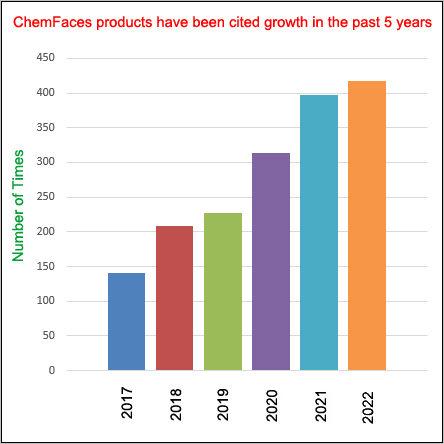
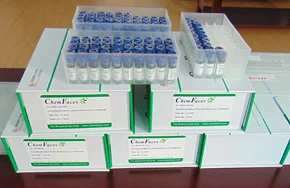
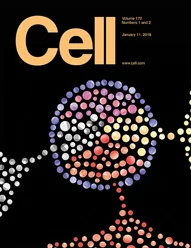 Cell. 2018 Jan 11;172(1-2):249-261.e12. doi: 10.1016/j.cell.2017.12.019.IF=36.216(2019)
Cell. 2018 Jan 11;172(1-2):249-261.e12. doi: 10.1016/j.cell.2017.12.019.IF=36.216(2019)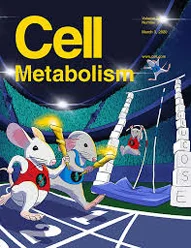 Cell Metab. 2020 Mar 3;31(3):534-548.e5. doi: 10.1016/j.cmet.2020.01.002.IF=22.415(2019)
Cell Metab. 2020 Mar 3;31(3):534-548.e5. doi: 10.1016/j.cmet.2020.01.002.IF=22.415(2019)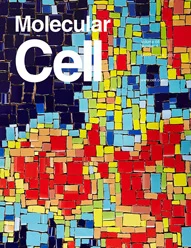 Mol Cell. 2017 Nov 16;68(4):673-685.e6. doi: 10.1016/j.molcel.2017.10.022.IF=14.548(2019)
Mol Cell. 2017 Nov 16;68(4):673-685.e6. doi: 10.1016/j.molcel.2017.10.022.IF=14.548(2019)